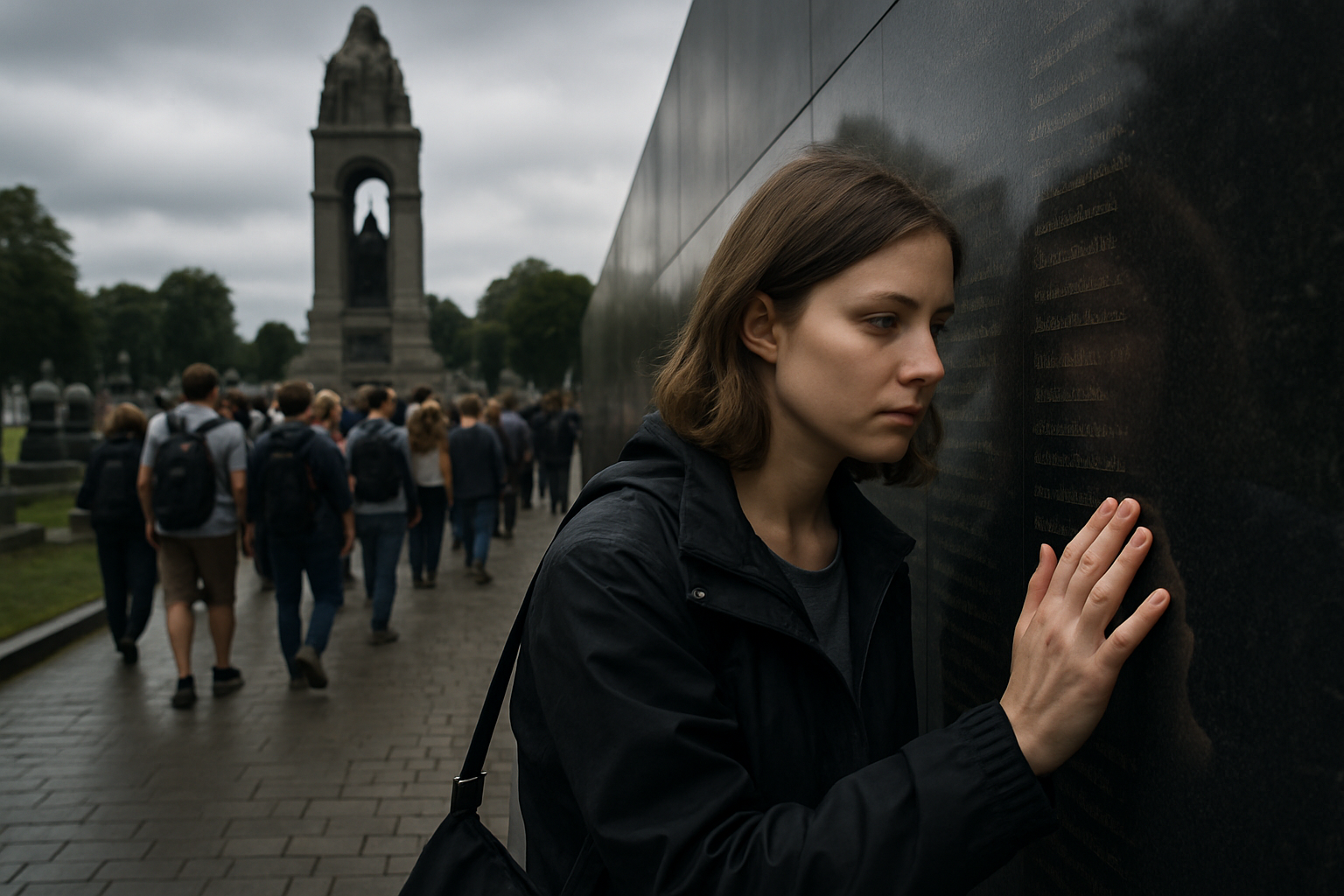Unveiling the Mystique of Dark Tourism: A Deep Dive into its History, Trends, and Impact
Dark tourism, a travel trend that involves visiting sites associated with death, tragedy, or disaster, has been gaining traction in recent years. This article delves into the historical context, current trends, and the impact of this unique travel style on travelers.

The Genesis of Dark Tourism
Dark tourism, though a relatively recent term, has roots that trace back to centuries. The practice of visiting sites of death and disaster can be traced back to the Roman times when crowds would gather to witness gladiatorial combats. In the Middle Ages, pilgrimages to sites of religious martyrdom were common. The term “dark tourism” was coined in the late 1990s by scholars Lennon and Foley, who observed a growing interest in such travel.
The Current Landscape of Dark Tourism
Today, dark tourism spans a wide range of destinations, from historical sites like Auschwitz-Birkenau and the Hiroshima Peace Memorial Park to more recent sites of tragedy like Ground Zero in New York. Research indicates that the motivations behind such travel are complex and varied, ranging from education and remembrance to morbid curiosity.
The Impact of Dark Tourism
Dark tourism has a profound impact on travelers, often evoking a mix of emotions. It offers an opportunity for reflection, education, and understanding of historical events and human suffering. However, it also raises ethical questions about the commercialization of tragedy and the voyeuristic tendencies it might encourage.
The Advantages and Challenges of Dark Tourism
Dark tourism offers a unique way to engage with history and culture, providing a deeper understanding of the human experience. However, it also presents challenges. Balancing the need for education and remembrance with respect for the victims can be a delicate task. There’s also the risk of trivializing serious events, particularly when social media comes into play.
Practical Tips for Dark Tourism
-
Do your research: Understand the history and significance of the site before visiting.
-
Show respect: Remember that these sites are often places of immense suffering and loss.
-
Be mindful of your actions: Avoid inappropriate behavior, such as taking selfies at sites of tragedy.
-
Reflect on your experience: Use the visit as an opportunity for introspection and learning.
Wrapping Up
Dark tourism, with its focus on sites of tragedy and disaster, offers a unique lens through which to view the world. It challenges us to confront uncomfortable aspects of our history and humanity, prompting reflection and understanding. As this trend continues to grow, it’s crucial for travelers to approach these sites with respect and sensitivity, ensuring that the stories they tell are preserved with dignity.





